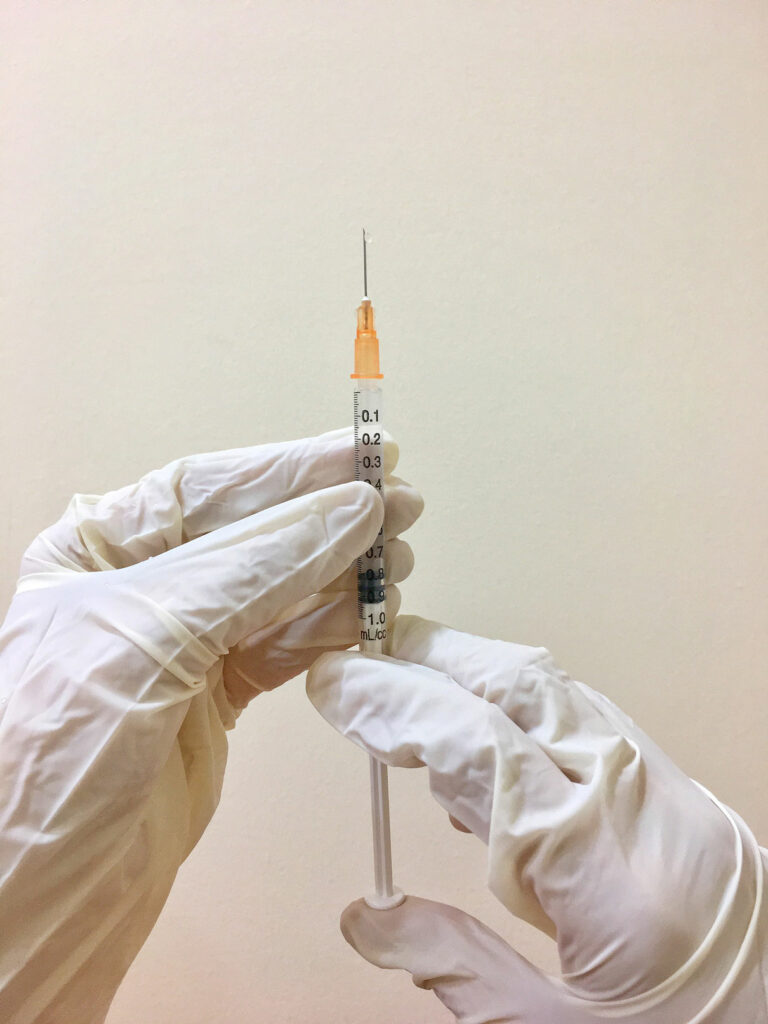What is Sheehan’s syndrome?
Sheehan’s Syndrome is also known as postpartum hypopituitarism, or postpartum pituitary insufficiency and may occur in a woman who has severe uterine haemorrhage or extremely low blood pressure during childbirth.
The severe blood loss and so reduced oxygen flow to the pituitary gland caused by the haemorrhage results in tissue death in the pituitary gland and leads to hypopituitarism following the birth. If your pituitary gland is starved of blood due to severe bleeding during childbirth, the gland may lose its ability to function properly.
Generally, it is the anterior (front) part of the pituitary gland that is affected. This can lead to deficiencies in the hormones that control cortisol release (ACTH), thyroxine release (TSH), regulation of menstrual cycle (LH/FSH), Prolactin and Growth hormone. Blood tests would establish hormone levels and a scan will exclude other abnormalities of the pituitary such as a tumour.
Conditions that increase the risk of an obstetric haemorrhage include multiple pregnancies (twins or triplets) and abnormalities of the placenta. The syndrome is less often seen in the developed world due to improved pre-natal and obstetric care, however in developing countries there may still be occurrences. It is not herditary.
Signs you may have Sheehan’s syndrome
There may be very few symptoms and they may not occur immediately after giving birth.
You may notice difficulty in breast feeding or a reduced milk supply, body hair may diminish, especially in under arm/pubic areas. You may have some weight gain or struggle to lose weight, and periods may be absent or irregular. You may also have dizziness and fatigue.
Diagnosis
This relies on a detailed history of events around the birth, was there significant blood loss and any symptoms following the birth. This is likely to include breastfeeding difficulties and abnormalities of periods. Several blood tests will be taken to determine hormone levels and there may be a need for more detailed testing, known as ‘dynamic’.
An MRI/CT scan of the pituitary region may be performed to assess the size of the pituitary gland.
Treatment
Once confirmed any deficient hormones will be replaced. This is usually in tablet form for cortisol and thyroid, oestrogen can be replaced in a variety of formats ranging from the oral contraceptive pill to gels and patches applied to the skin. If growth hormone is deficient this can be replaced with a small self-administered daily injection.
Long term
Hormone replacements are generally long term and once adjusted to effective levels then a reasonable life can be led. If replaced with cortisol then you should learn the ‘sick day’ rules for increasing when needed and also learn how to use your emergency injection in case of an adrenal crisis. It is recommended to carry some form of alert to demonstrate you take replacement steroids-this can be in card format, phone app, or medical alert jewellery.
The organisation Maternal Pituitary Support can offer additional support for people with Sheehan’s Syndrome.











